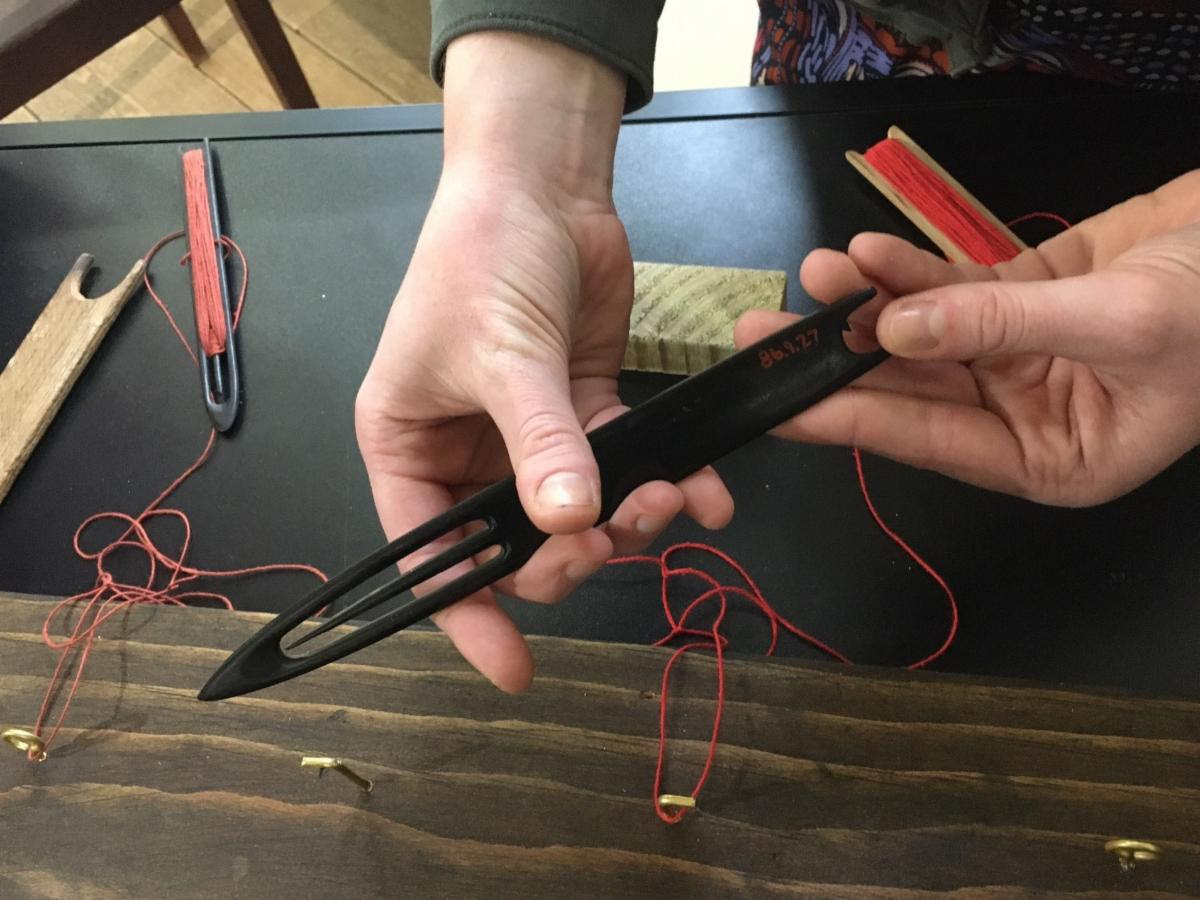Dear Friend,
In his book, Men’s Lives, Peter Matthiessen described heading to the home of Ted Lester, who lived in Amagansett, aka “Poseyville,” to prepare to go fishing. When he arrived, Captain Lester was using a seine needle to mend one of his nets. “I realized,” wrote Matthiessen, “that watching those blunt, weather-glazed hands slipping that net needle through twine with such speed and deftness was one of the great many small pleasures of life on the beach that I took for granted.”
Making or even mending a seine net was vital but extremely time-consuming work, and it was typically undertaken in winter when there was little fishing to do. In the late 1970s, while his wife, Anna, filled the seine needles with twine, Captain Bill Havens and his crew spent well over a week completing a new 600 fathom net. As the decades rolled on, the art of using a seine needle seems to have grown more arcane. In the 1980s, Ed Sherrill said that Suffolk County Community College, where he was a professor, offered a lab in “netmaking.”
Earlier this year, Grace Grimes, a graduate student at The State University of New York, College of Environmental Science and Forestry, who is interning with us at the East Hampton Town Marine Museum, was interested in learning how to use a seine needle. The Historical Society has numerous seine needles in its collection, and you can see an example that Grace is holding.
After hours of practice and consultation with contemporary netmakers, Grace has become very proficient. During the closing reception for the Finest Kind exhibit at Clinton Academy last month, Grace displayed her skills. While assisting Stacy Myers, our Education Director, with school programs, she can demonstrate how netmaking was done historically in East Hampton. What an incredible opportunity for our students!
Sincerely,
Steve Long
Executive Director

